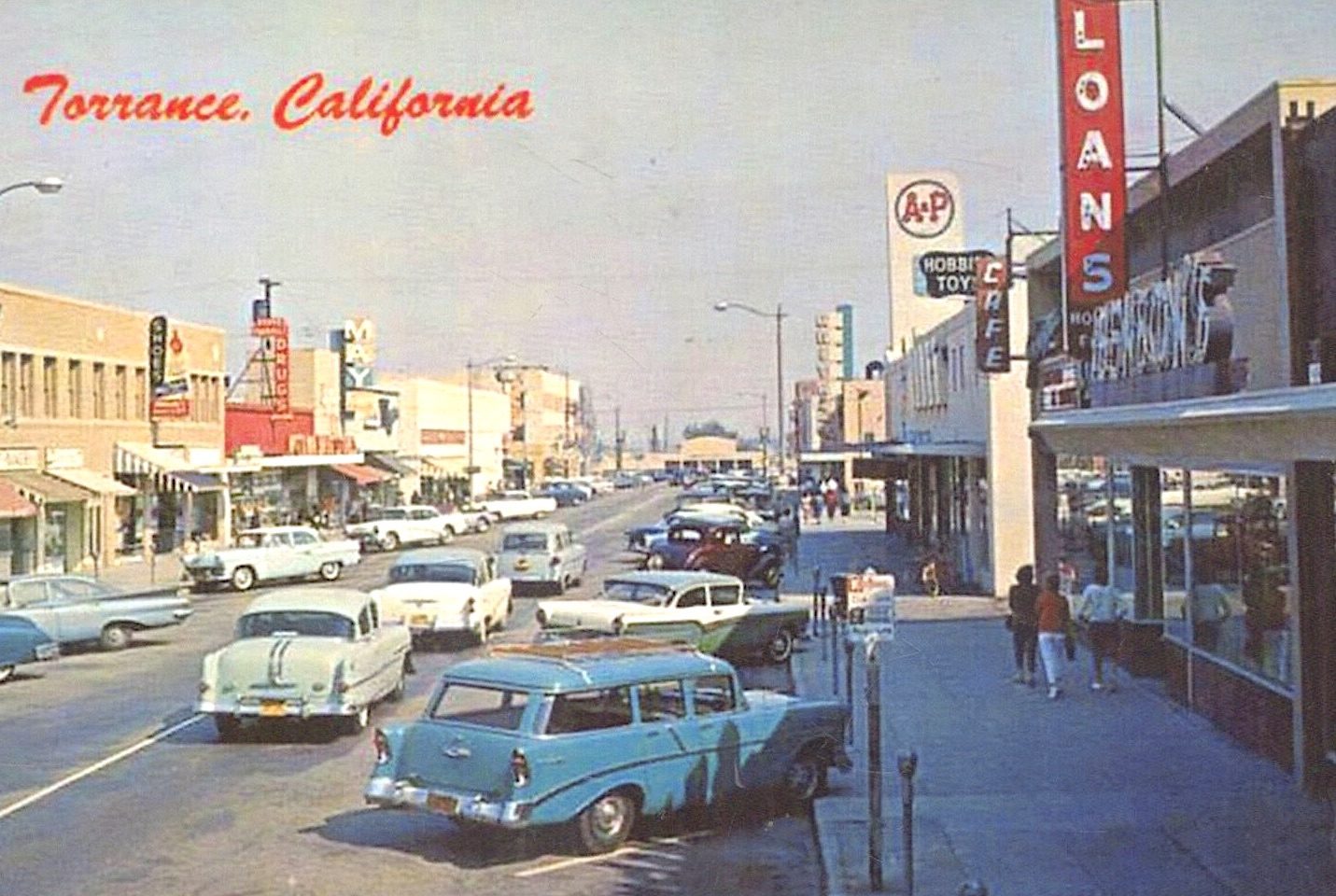
Judging by the number of public works named for him, it’s readily apparent that former South Bay Congressman Glenn Anderson knew how to get things done.
A large park in Redondo Beach, a giant federal building in Long Beach, the last major freeway to be built in the South Bay, heck, even part of the main shipping channel at the Port of Los Angeles, all bear his name as a result of his role in their creation.
He was born Glenn Malcolm Anderson in Hawthorne on Feb. 21, 1913, nine years before the city officially incorporated. He attended Inglewood High School – Hawthorne High didn’t open until 1951 – and graduated in 1930.
Anderson scuffled like most people did during the Depression years. He worked delivering telegrams in downtown Los Angeles and at one point used a motorcycle to deliver film shot at the 1932 Olympics to Hollywood for processing.
He went to UCLA, receiving his bachelor’s degree in 1936. After graduation, he tried his hand at selling cars and then at real estate investment and development.

His friends at the Masonic Temple in Hawthorne encouraged him to run for City Council. His first attempt fell short by 18 votes, but he succeeded in winning a seat when ran again in 1940. That same year, his council colleagues voted for him to become mayor. At 27, he was the youngest mayor in the country at that time.
In 1942, he ran for the 46th District seat in the California State Assembly, and won. His service in Sacramento was interrupted by a two-year stint in the U.S. Army, where he served as a sergeant in the infantry.
After the war, he continued his term as a state assemblyman, and showed a knack for winning funding for public works projects in his district.
He left the Assembly at the end of his second term in 1951. That year, he ran against incumbent Raymond Darby for the Los Angeles County Board of Supervisors, but lost.
He remained active in Democratic politics during the 1950s while working as a real estate developer. In 1959, he successfully ran for lieutenant governor of California, serving under Gov. Edmund G. “Pat” Brown for the next eight years.
Anderson was an effective politician, but rarely a controversial one. But his inaction during a crucial moment during the 1965 Watts Riots brought him the strongest criticism of his career.

The riots in South Los Angeles had broken out while Gov. Brown was on vacation, leaving Anderson in charge. After overwhelmed Los Angeles police sought help from California National Guard troops, Anderson delayed issuing the order for five hours.
He lost the lieutenant governor’s race in 1966 to Republican candidate Robert Finch, and his lack of action during the riots most probably cost him re-election.
Undaunted, Anderson began what would become his true life’s work when he was elected to the U.S. Congress in 1968. The district numbers changed from the 17th to the 35th to the 32nd during Anderson’s lengthy tenure. He would ultimately serve 12 two-year terms in Congress.
The list of projects that the public works proponent had a major hand in is long. He was a tireless proponent of the long-delayed Century Freeway project, which had been on the drawing boards since the late 1960s.

The 105 Freeway finally was completed in 1993. In 1987, the roadway’s name had been changed to the Glenn M. Anderson Freeway to honor the congressman’s role in its development.
Anderson also championed funding for projects at the Port of Los Angeles. He was determined to expand the cargo-handling capacity at the ports of L.A. and Long Beach. Part of the process was deepening the entrance to the main channel at the Port of Los Angeles from 15 to 50 feet. In gratitude, port officials named the channel the Glenn Anderson Deep Ship Channel.
We’ve already mentioned 12-acre Glenn M. Anderson Park in Redondo Beach, and the Glenn M. Anderson Federal Building in Long Beach. The latter was built along with the World Trade Center and Hilton Hotel in order to boost Long Beach’s city center.

Anderson also fervently backed the establishment of Los Angeles’ Metro Rail system, and is honored with a plaque at the 7th and Flower St. station downtown noting his contribution.
In addition, he played a major role in the establishment of California State University, Dominguez Hills, advocating for its location in Carson instead of Palos Verdes. CSUDH currently houses a large collection of Anderson’s papers and documents.
Anderson served as chairman of the House Committee on Public Works and Transportation from 1988 until 1991. Sadly, he was forced to give up the post due to his continuing struggle with Alzheimer’s Disease. It took his life on Dec. 13, 1994.
Philanthropist Lee Anderson, his wife for 37 years and his longtime partner in business and politics, died of cancer in 2012. The Andersons are buried in Green Hills Memorial Park in Rancho Palos Verdes.

Sources:
Daily Breeze archives.
Find A Grave website.
Los Angeles Times archives.
Torrance Press Herald archives.

